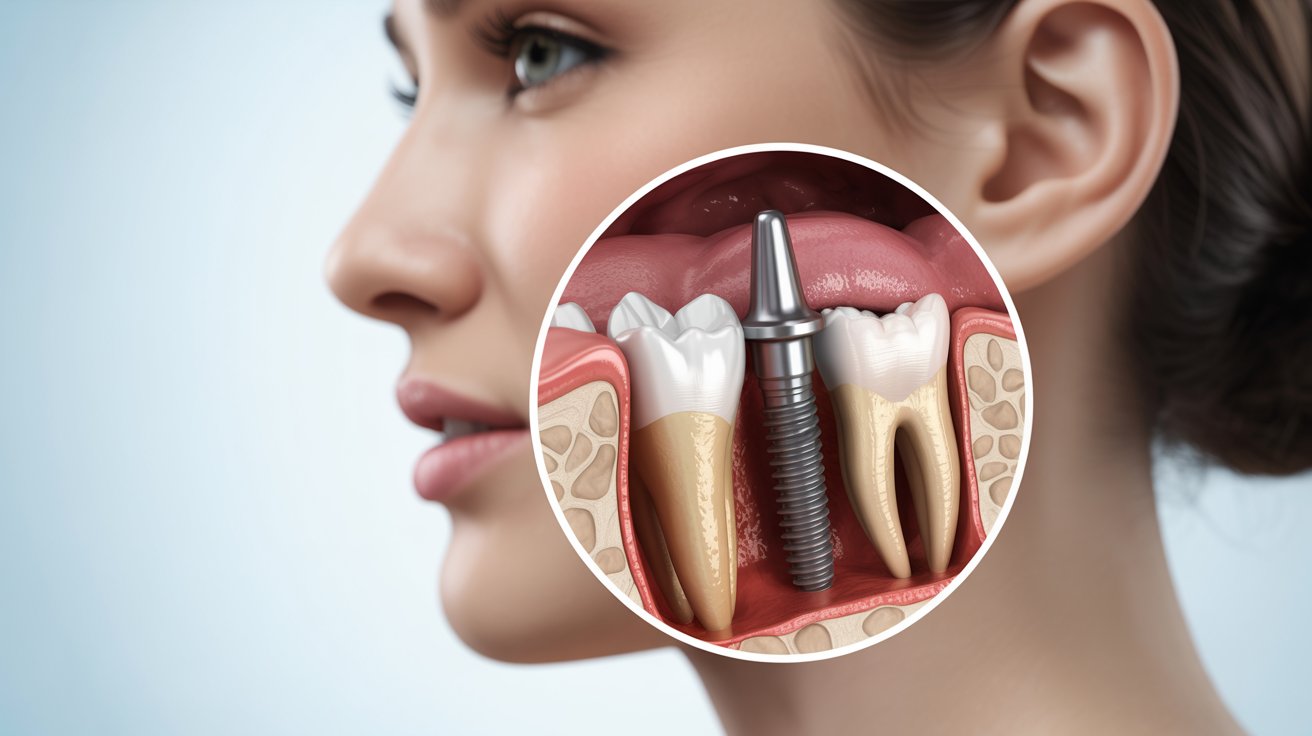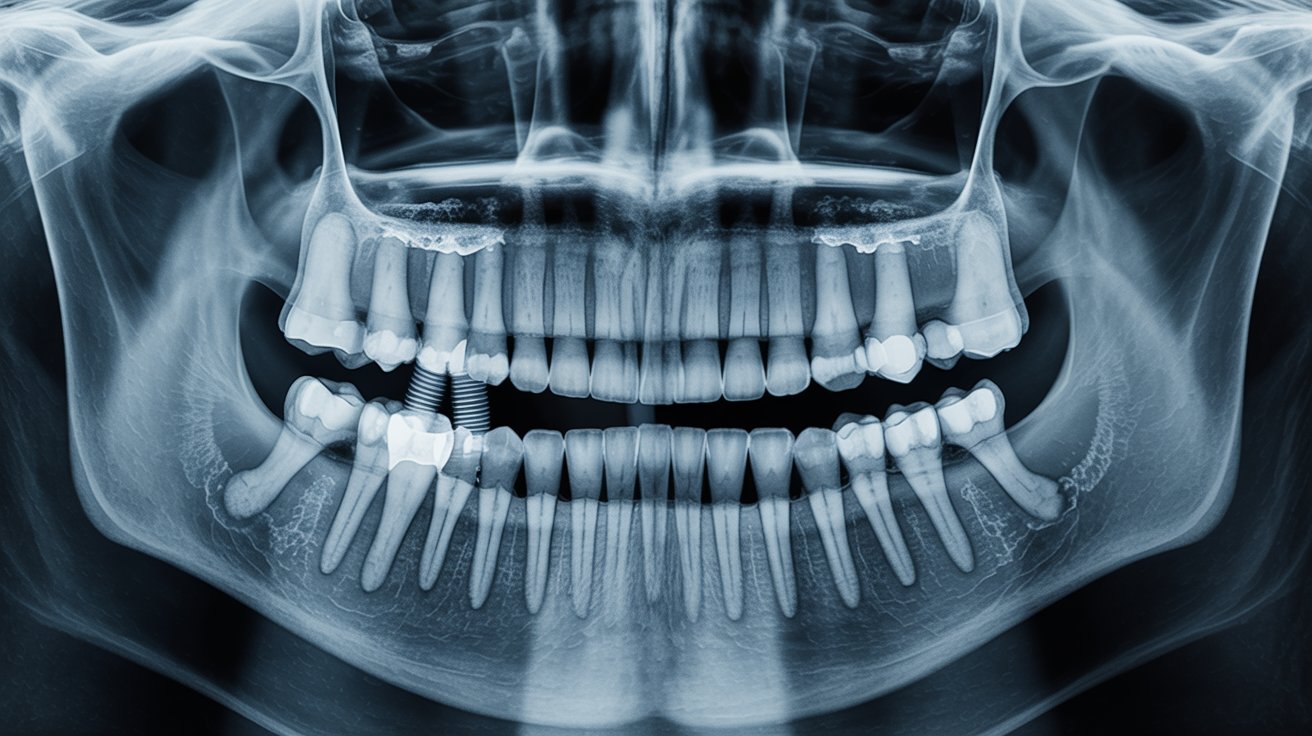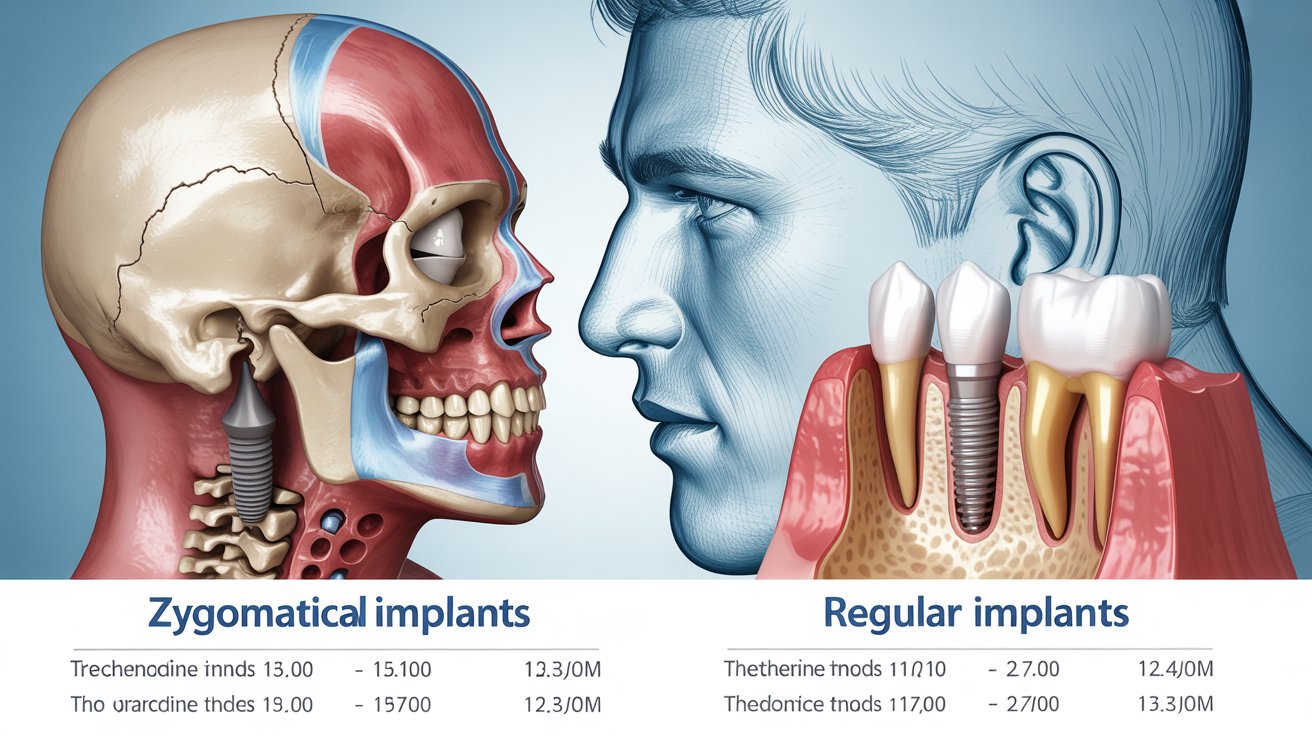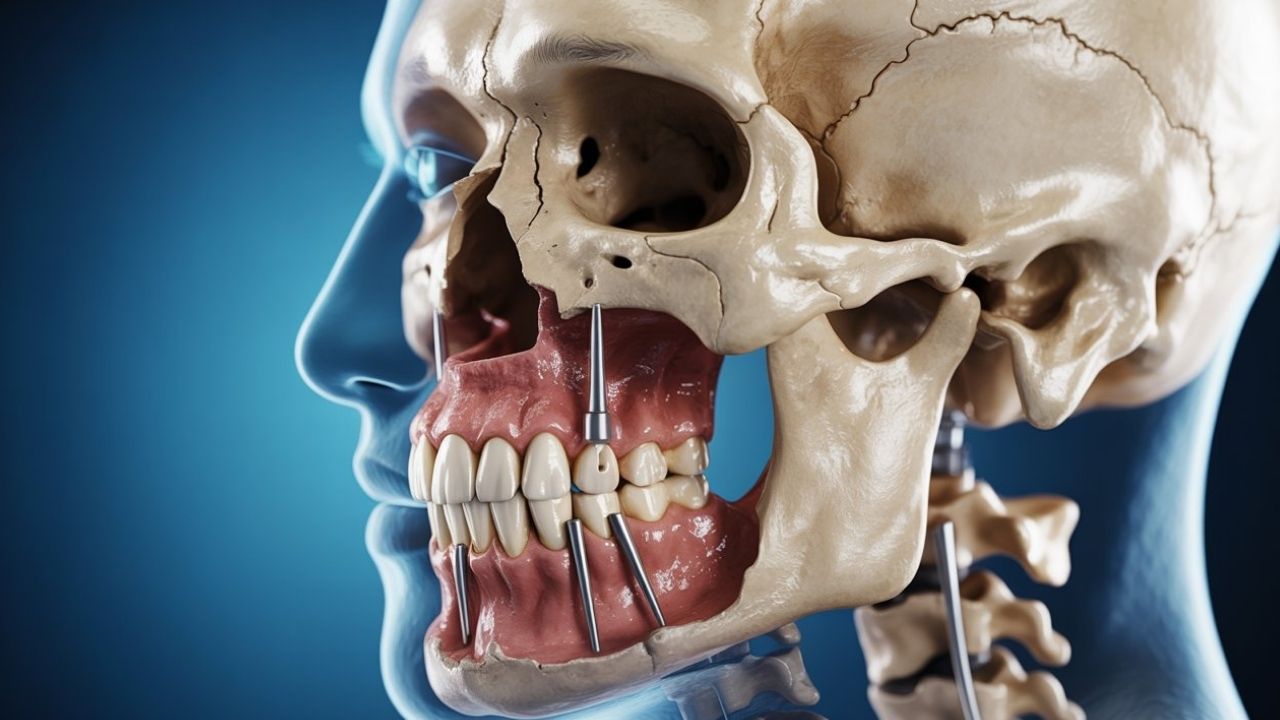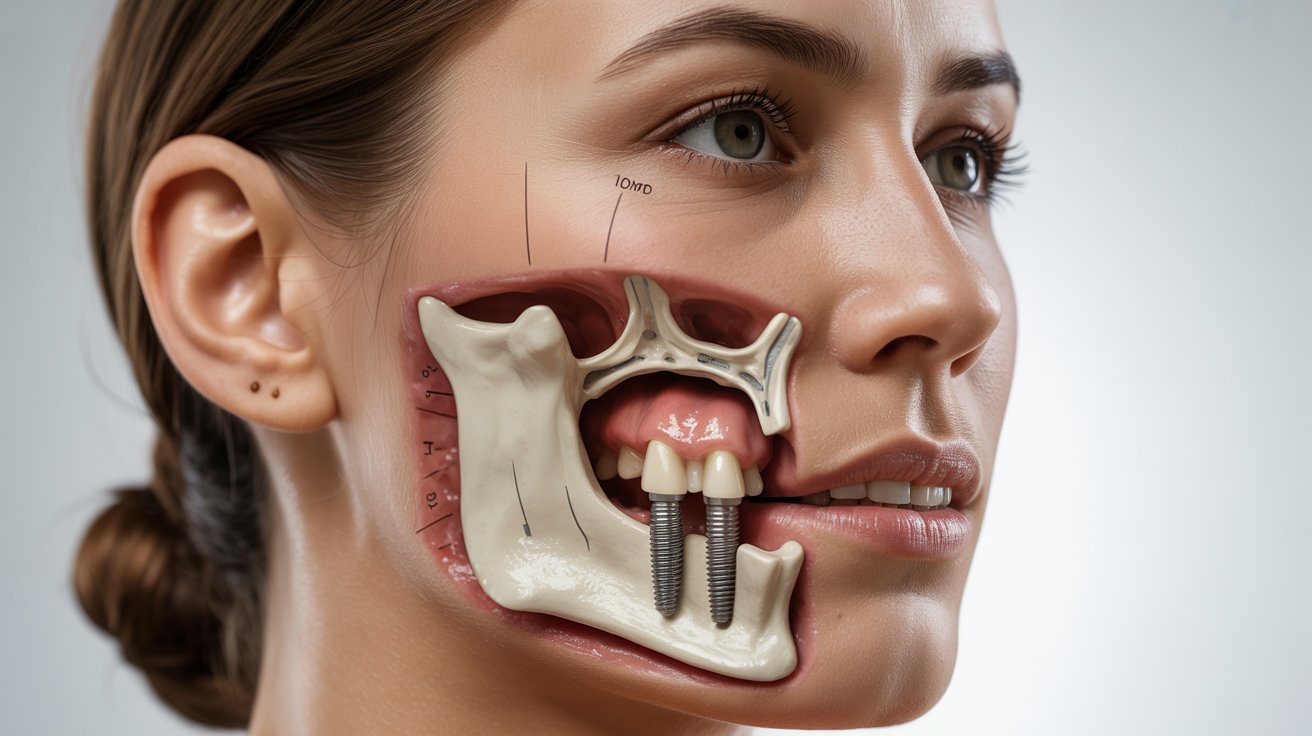An endosteal implant—also called an intraosseous dental implant—is the most common and reliable type of implant used to replace missing teeth. It is surgically placed directly into the jawbone, where it functions as an artificial tooth root and supports a crown, bridge, or full-arch prosthesis. Endosteal implants are a cornerstone of modern implantology, offering long-term stability, excellent aesthetics, and full restoration of chewing function.
How Does an Endosteal Implant Work?
The principle of an endosteal implant is simple yet biologically advanced. A titanium or zirconia screw is embedded within the jawbone, which then undergoes a process called osseointegration. During this phase, bone cells attach and grow around the implant surface, forming a stable and permanent bond. Once integration is complete, a custom abutment and dental crown are attached to restore the natural appearance and function of the tooth.
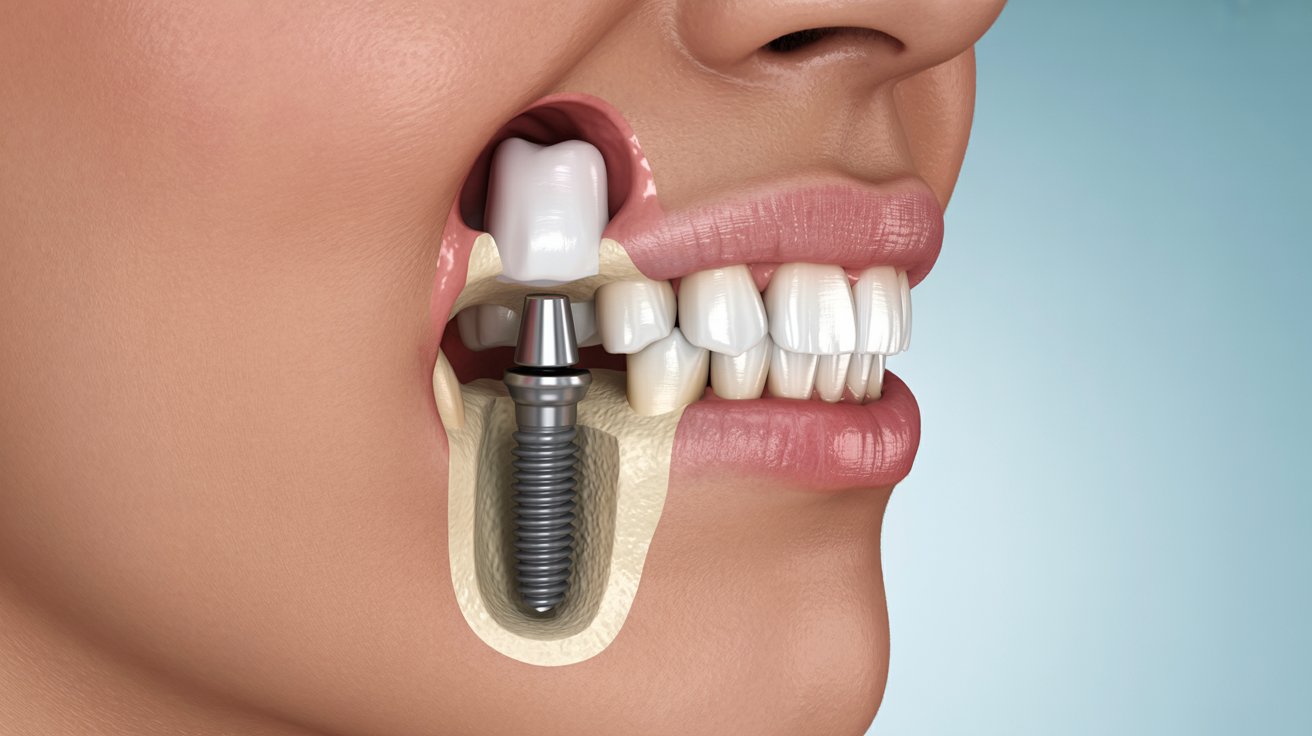
Stages of the Procedure
The endosteal dental implant process is completed in several precise clinical phases, each designed to ensure predictable results and long-term success. The table below summarizes the key steps, from initial evaluation to final prosthetic restoration.
| Stage | Description |
|---|---|
| 1. Clinical and Radiographic Evaluation | Comprehensive examination including Cone-Beam CT (CBCT) scans to measure bone density, height, and identify vital anatomical structures. This stage ensures precise planning and risk-free surgery. |
| 2. Surgical Placement | The implant is carefully inserted into the jawbone under local anesthesia or conscious sedation. Digital guides or navigation systems may be used for enhanced accuracy and safety. |
| 3. Healing Period | Over the next 2–4 months, the bone and implant undergo osseointegration—a natural bonding process that forms a stable foundation for the prosthetic tooth. |
| 4. Prosthetic Restoration | Once integration is complete, a permanent crown, bridge, or full denture is attached to the implant. The final result restores natural function, aesthetics, and comfort for long-term success. |
Who Is a Candidate for Intraosseous Dental Implants?
Most adults with good general health and adequate bone structure are candidates for endosteal implants. However, proper evaluation is essential to determine bone volume and gum health. Individuals with untreated periodontal disease, uncontrolled diabetes, or heavy smoking habits may require preparatory treatments before implant placement.
Ideal Candidates for an Endosteal Implant Include:
- Patients missing one or more teeth due to decay, trauma, or aging
- Those with sufficient bone height and density for implant anchorage
- Individuals seeking a fixed, natural-looking, and long-lasting solution
- Patients without contraindicated systemic diseases
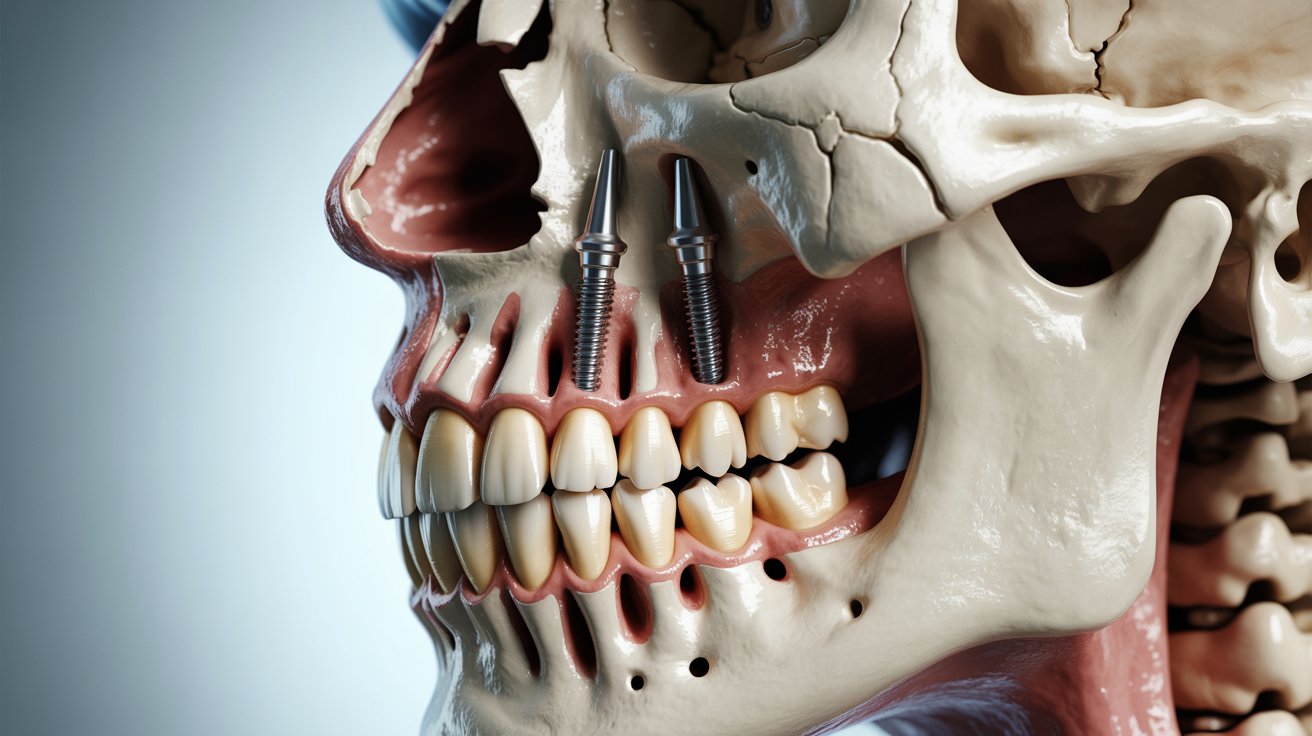
Advantages of Endosteal Dental Implants
Compared to removable dentures or bridgework, endosteal implants provide superior comfort, appearance, and bone preservation. Below are the key clinical and aesthetic advantages.
Permanent and Stable Support
Endosteal implants act like natural roots, firmly anchoring replacement teeth and eliminating slippage or movement. They restore full bite strength, allowing you to eat comfortably and speak with confidence.
Prevention of Bone Loss in the Endosteal Implant
When a tooth is lost, the surrounding bone gradually resorbs due to lack of stimulation. Implants preserve this bone by transferring functional forces during chewing, maintaining facial volume and structure.
Natural Aesthetics
Because the crown is customized to match your natural teeth in shape and color, endosteal implants provide a seamless, lifelike smile. They also prevent sagging or premature aging caused by missing teeth.
Materials Used in Endosteal Implants
High-quality implants are typically made of medical-grade titanium or zirconia. Titanium is biocompatible and integrates naturally with bone, while zirconia offers a metal-free, tooth-colored option for patients with allergies or aesthetic concerns. Both materials have proven long-term success in clinical studies.
Healing Time and Success Rate
Most patients heal quickly and experience minimal discomfort. Complete osseointegration usually occurs within 8–12 weeks. With proper oral hygiene and regular dental checkups, endosteal implants show a success rate of 95–98%, often lasting 20 years or longer. Periodic cleaning and follow-up ensure optimal soft-tissue health and prosthetic function.
Potential Risks and Considerations for the Endosteal Implant
Although complications are rare, certain factors can affect healing and long-term outcomes. These include infection, inadequate bone density, or poor postoperative care. Choosing a qualified maxillofacial surgeon significantly reduces these risks. Advanced planning with 3D CBCT imaging also ensures safe placement and ideal prosthetic alignment.
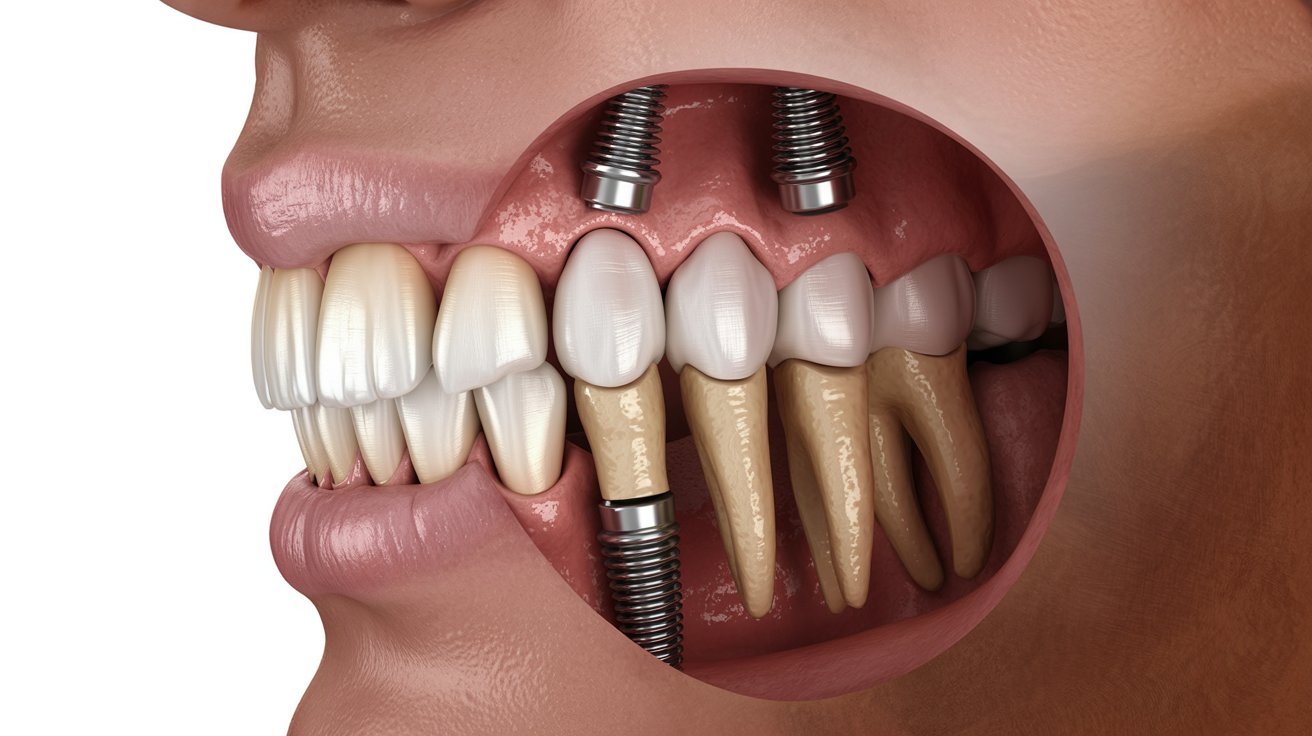
Difference Between Endosteal and Subperiosteal Implants
While endosteal implants are placed inside the bone, subperiosteal implants sit on top of the bone but beneath the gum tissue. Endosteal implants are the gold standard for most patients due to their superior integration, stability, and long-term results. Subperiosteal types are used mainly for patients with severe bone loss who cannot undergo bone grafting.
Aftercare and Maintenance Process in the Endosteal Implant
Postoperative care plays a vital role in implant longevity. Patients should maintain excellent oral hygiene, use antibacterial mouth rinses, and attend professional cleanings twice a year. Avoiding smoking and controlling systemic health conditions further enhances implant success.
Follow-Up Schedule
- 1-week postoperative review for suture check and healing assessment
- 1–3 month follow-up to monitor osseointegration
- Annual implant maintenance with radiographic evaluation
A Reliable Foundation for Lifetime Smiles with Prof. Dr. Celal Çandırlı
Endosteal (intraosseous) implants remain the most predictable and durable method of tooth replacement in modern dentistry like zygomatic implant. When planned with digital imaging and executed by an experienced maxillofacial surgeon, they offer unmatched strength, function, and natural appearance. With proper care, endosteal dental implants can serve as a lifetime solution for missing teeth, preserving both oral health and facial harmony. Thanks to Celal Candırlı and his expert personals, the Endosteal Implant operation process can be easier and healthier.
Frequently Asked Questions About Endosteal Dental Implants
Patients often have questions before deciding on an endosteal dental implant procedure. Below are answers to the most common inquiries about healing, cost, and long-term outcomes. These concise explanations are based on clinical research and the experience of Prof. Dr. Celal Çandırlı in advanced implant surgery.
How long do endosteal implants last?
With proper oral hygiene and regular dental checkups, endosteal implants can last 20 years or more. Many patients keep them for a lifetime, thanks to strong osseointegration and durable prosthetic materials.
Is the endosteal implant procedure painful?
No, the procedure is typically performed under local anesthesia or sedation. Most patients report only mild discomfort for a few days, easily managed with prescribed medication and standard postoperative care.
How soon can I eat after an endosteal implant?
Soft foods are recommended for the first few days after surgery. As healing progresses, patients can gradually return to normal meals once comfort and stability improve—usually within one to two weeks.
Do endosteal implants look natural?
Yes. The prosthetic crowns are custom-designed to match the shape and color of your natural teeth, providing a seamless and aesthetic appearance. Once integrated, the implants look and feel like real teeth.
Who should not get an endosteal implant?
Patients with uncontrolled diabetes, untreated gum disease, or insufficient bone volume may not initially qualify. However, with preparatory treatments and bone regeneration, most can still become candidates.
How is an endosteal implant different from a zygomatic implant?
An endosteal implant is placed directly into the jawbone, while a zygomatic implant anchors into the cheekbone for patients with severe bone loss. Both provide fixed, long-term solutions, but their indications differ depending on bone structure.
What is the recovery time after endosteal implant surgery?
The initial healing phase lasts about one to two weeks. Full osseointegration takes approximately two to four months, after which the final prosthetic crown or bridge can be placed.
Can smokers get endosteal implants?
While smoking can slow healing and increase the risk of implant failure, it is not an absolute contraindication. Patients are advised to stop smoking before and after the procedure to improve long-term success.
How much do endosteal implants cost?
The endosteal implant cost varies depending on the number of implants, materials used, and prosthetic type. A personalized treatment plan is provided after radiographic and clinical evaluation.
Are endosteal implants safe?
Yes. Endosteal implants are considered one of the safest and most predictable dental procedures when performed by an experienced oral and maxillofacial surgeon using 3D digital planning and sterile protocols.
